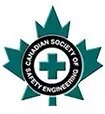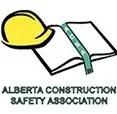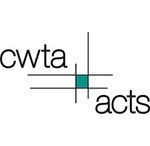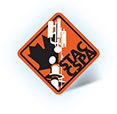Posted: 1 Jan

Fall protection anchors become worn or damaged with heavy usage or exposure to elements. As they provide the last line of defense for workers against falls, they require regular inspections.
According to OSHA regulations, fall protection anchors must be inspected before each use and at least once per year by a competent person, and any defective components removed from service. The standards require employers to train all employees working at height on fall protection. At least one team member must be trained by a third party on fall protection system inspections and designated as a competent person. The designated employee must then train co-workers on how to inspect the equipment.
This post shares tips and best practices for fall protection anchor inspections. Call us today to book an inspection.

A fall protection anchor is the base or connection point where you attach a lanyard or lifeline to safeguard yourself against falls while working at heights. There are different types of anchors, depending on the work being done, the job site, and the industry. Common examples include steel, roofing, concrete, and multi-application anchors, which are classified based on the substrate they attach to.
Anchors serve different purposes, including fall arrest, work positioning, horizontal lifeline, rescue, and travel resistance. The purpose of the anchor determines the maximum load it should bear. For instance, certified fall arrest anchors must support at least two times the maximum arrest force, while non-certified should bear a maximum of 5,000 lb.
Inspecting fall protection anchors requires checking various components for signs of wear and tear or damage. Here is what you should check before using the anchorage system:

Even if the fall protection system is seemingly in good condition, conducting proper inspections as required (before each use and at least annually by a competent person) is beneficial for the following reasons:


Regular fall protection anchor inspections are essential to enhance safety, help save lives, and remain compliant. Our team takes your safety seriously! We have been trained on all the latest regulations regarded fall protection safety and excel in annual inspections. Contact us, and schedule a thorough fall protection anchor inspection.
REQUEST INFO ON OUR COURSES



